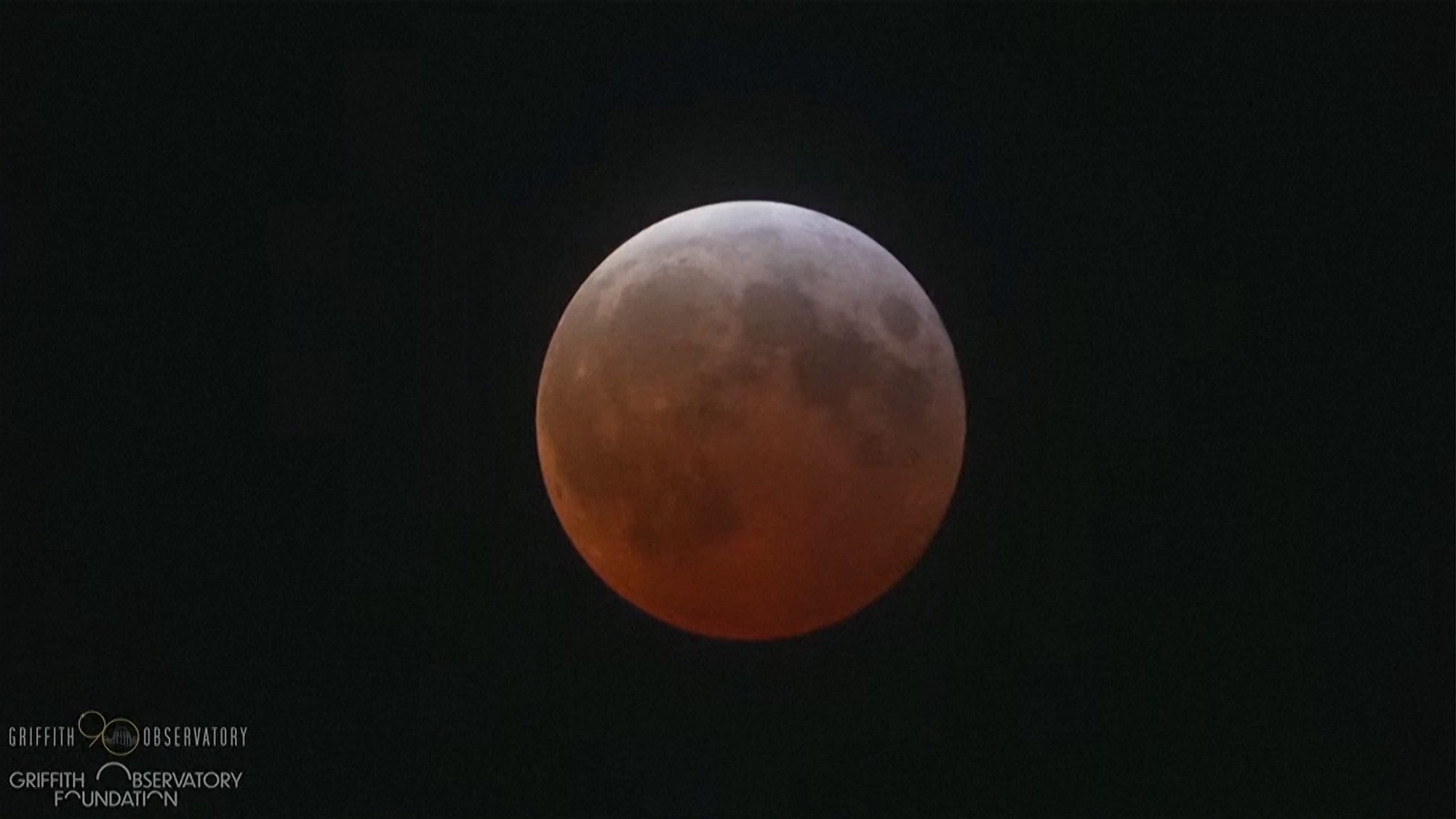Venus to pass between Earth, sun during inferior conjunction. Will you be able to see it?

Venus could make a brief appearance this weekend as it passes between the Earth and the sun.
Just be warned: It won't be easy to spot in the sun's glow, according to astronomers.
The orbit Venus takes around the sun periodically results in a phenomenon astronomers refer to as an inferior conjunction, which occurs when the planet transitions from appearing in the evening sky to the morning sky.
Venus, the second planet from the sun and the sixth largest in our solar system, is due for its next inferior conjunction overnight between Saturday and Sunday. For stargazers in the Northern Hemisphere, that means the planet could be visible in both the morning and evening skies for a few days before.
This double appearance of Venus in our sky is a rare phenomenon that last occurred in 2017, according to the website Time and Date. And you may want to try to glimpse it now, as it won't happen again until 2033.
When will Venus pass between Earth, sun?
Between Saturday night and Sunday morning, Venus will pass between the Earth and sun during its inferior conjunction.
Though the transit is called an inferior conjunction, don't let the negative connotations fool you: There's nothing "inferior" about the astronomical event. The descriptor is simply how astronomers differentiate the event from a superior conjunction, which is when Venus and Earth are on opposite sides during the transit.
Will Venus be visible during the conjunction?
While Venus passes between the Earth and Sun every 19.5 months, it's only about every eight or so years that the planet becomes visible both after sunset and before sunrise, according to the website Earth Sky, which covers astronomical news. This is because Venus orbits closer to the sun than Earth.
For the phenomenon to occur, Venus won't be perfectly in line with the sun while passing between it and Earth, but will instead be slightly above it, as viewed from the Northern Hemisphere, according to the astronomy app Star Walk.
For stargazers, that means the best time to catch a glimpse of Venus will be before the conjunction – not during – as the sun is setting quickly in the evening and slowly in the morning.
However, the sight could be difficult to spot since it will be obscured by the sun's glow. For that reason, observers should be sure to look only when the sun is below the horizon.
How long Venus will be visible could from mere minutes to hours, depending on its position relative to the sun as seen from Earth, according to Time and Date.
How to find Venus in the sky
Observers won’t need any special equipment for viewing Venus, as the celestial body is the third brightest object in our sky after the sun and the moon.
Look for locations with unobstructed views of the horizons and to check the weather forecast to ensure skies will be clear.
Time and Date provides more detailed information about where and when to see the phenomenon.
After the conjunction on March 23, Venus will set with the sun and slip away from the evening sky.
Eric Lagatta covers breaking and trending news for Paste BN. Reach him at elagatta@gannett.com